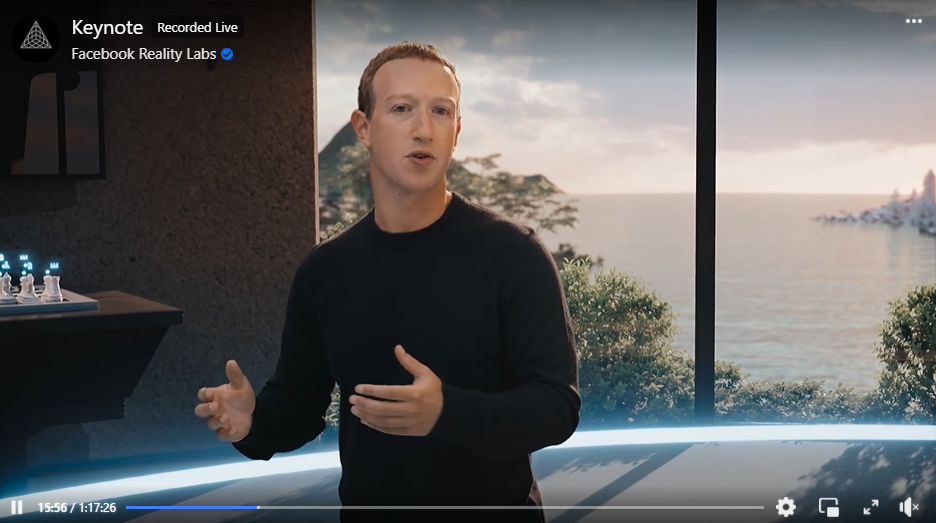Southwest Communications
/This week’s debacle will make a great case study. As other airlines recovered from the storms, Southwest lagged. Here are a few communications for students to analyze and compare. For an assignment, students could act as consultants advising the company on their messaging or assessing the ethics and character issues demonstrated throughout this time.
CEO Bob Jordan’s video message. Students have a lot to analyze in this example: the apology, explanation of what went wrong, audience perspective, communication objectives, plans for the future, delivery style, etc. The persuasive video raises questions of accountability, compassion, humility, vulnerability, and other character dimensions. Students can identify which Jordan demonstrates and which are lacking.
Southwest webpage. A link to this page is prominent on the Southwest homepage. Customer can find “Travel disruption information,” including how to request a refund and locate baggage. Students can analyze how well the site is organized and how easily users can find what they need.
Employee interview on Democracy Now! What are the character and ethical issues associated with an employee defending staff yet speaking out against the company? The interviewed employee blames Southwest’s technology and says union employees have been asking for changes for years. This raises integrity issues for airline management.
U.S. Secretary of Transportation Pete Buttigieg interview. Buttigieg gave several interviews distinguishing Southwest’s performance from other airlines that struggled but recovered. He defended the Department of Transportation’s recent push for airlines to do right by customers. Critics say the secretary is using the moment for political gain.












